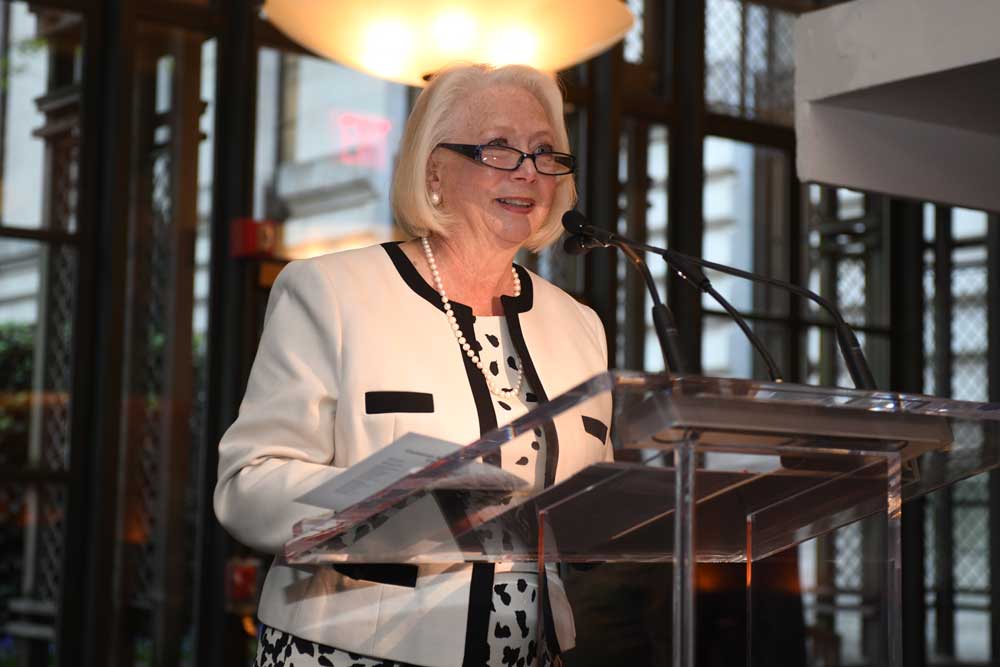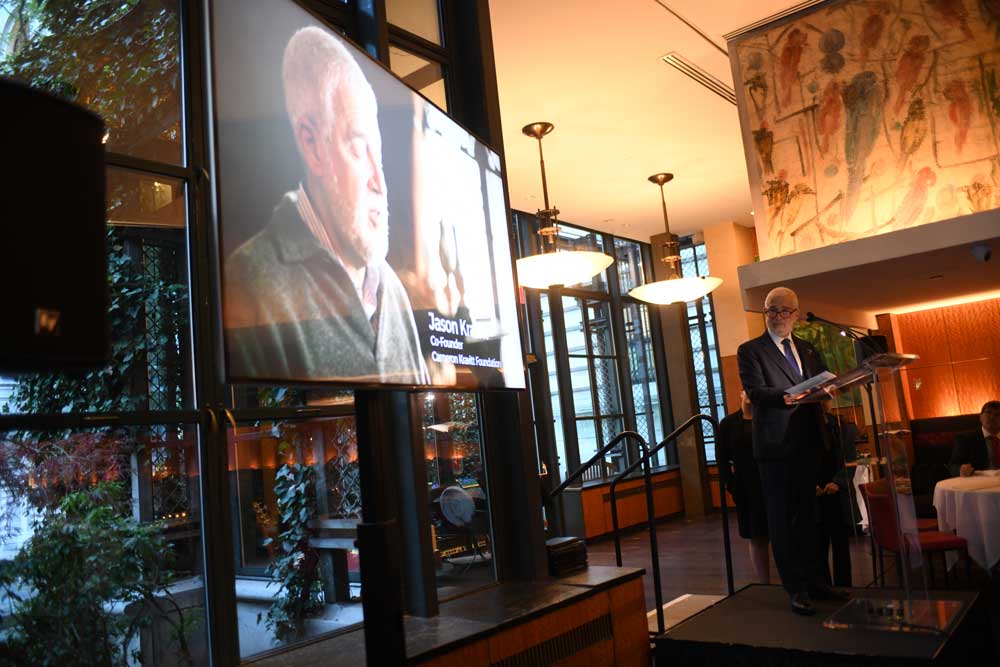Admedzai S., “Dying in hospital: The resident’s viewpoint,” BMJ, 285: 712-714, 1982, http://www.ncbi.nlm.nih.gov/pmc/articles/PMC1499869/.
Awoonor-Renner S., “ I desperately needed to see my son,” BMJ, 302: 356, 1991.
Berman S and Villarreal S, “Use of seminar as an aid in helping interns care for dying children and their families,” Clin Peds, 22(3): 175-179, 1983, http://cpj.sagepub.com/content/22/3/175.short.
Brent DA., “ A death in the family: The pediatrician’s role,” Pediatrics, 72(5): 645-651, 1983, http://europepmc.org/abstract/MED/6356006.
Committee on Psychosocial Aspects of Child and Family Health. The Pediatrician and Childhood Bereavement. Pediatrics, 89(3): 516-518, 1992, http://pediatrics.aappublications.org/content/89/3/516.
Finaly I and Dallimore D, “Your child is dead,” BMJ 302: 1524-1525, 1991, http://www.ncbi.nlm.nih.gov/pmc/articles/PMC1670220/.
Fischhoff J. and O’Brien N, “After the child dies,” J. Pediatr, 88(1): 140-146, 1976, http://www.ncbi.nlm.nih.gov/pubmed/1245919.
Fosarelli P, “Prayers and rituals at a time of illness and dying: The practices of five world religions,” Templeton Foundation Press, West Conshohocken, Pennsylvania, 2008.
Green M, “The physician’s role in family adaptation to important life events,” Ind Med J 80(7): 623-632, 1987.
Miles A, “ Caring for families when a child dies,” Pediatric Nursing, 16(4): 346-349, July-August, 1990.
Newman LR and Wilms J, “The family physician’s role following a neonatal death,” J Family Practice, 29(5): 521-525, 1989.
Robinson MR, Thiel MM, Backus MM, Meyer EC, “Matters of spirituality at the end of life in the pediatric intensive care unit,” Pediatrics. 2006; 118:719-729, https://www.researchgate.net/publication/6838936_Robinson_MR_Thiel_MM_Backus_MM_Meyer_EC_Matters_of_spirituality_at_the_end_of_life_in_the_pediatric_intensive_care_unit.
Rourke MT, “Compassion fatigue in pediatric palliative care providers,” Pediatr Clin N Am 54:631-644, 2007, http://www.ncbi.nlm.nih.gov/pmc/articles/PMC3765463/.
Sack WH, et al., “Death and the pediatric house officer,” J Pediatr, 76(5): 1970, http://www.ncbi.nlm.nih.gov/pubmed/6718126.
Schulman JL and Tehm JL, “Assisting the bereaved,” J Pediatr, 102(6): 992-990, 1983.
Serwint JR, “ When a child dies,” Cont Pediatr, 12(3): 55-76, 1995.
Serwint JR and Rutherford L, “Sharing bad news with parents,” Cont Pediatr, 17(3): 45-66, 2000.
Serwint, JR, “One method of coping. Resident debriefing after the death of a patient,” J Pediatr, 2004. 145:229-234.
Treadway L, “The Code,” New Eng J Med. 2007. 357 (13):1273-1275, http://www.nejm.org/doi/pdf/10.1056/NEJMp078115.
Walker ME, “When children die. Death in current children’s literature and its use in a library,” Bull Med Libr Assoc, 74(1): 16-18, January 1986, http://www.ncbi.nlm.nih.gov/pmc/articles/PMC227762/.
Wasserman AL, “Helping families get through the holidays after the death of a child,” AJDC, 142: 1284-1286, 1988.
Wessel MA, “A death in the family: The impact on children,” JAMA, 234(8): 865-866, 1975, http://jama.jamanetwork.com/article.aspx?articleid=342202.
Wessel M, “The role of the pediatrician “after the child dies,” J Pediatr, 88(6): 1065, 1976.
Will JC. “Caring for the dying child,” Contr Pediatr, 12(3): 79-90, 1995.
Wills A, Wills J, “ I wish you knew…,” Pediatrics Nursing. 35 (5):318-321, 2009.





